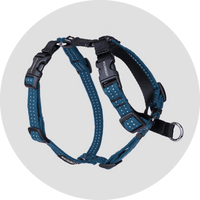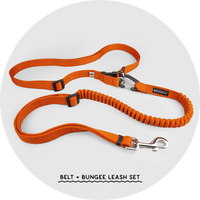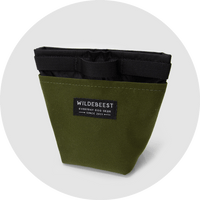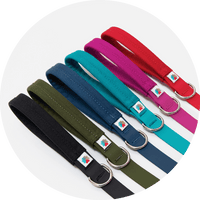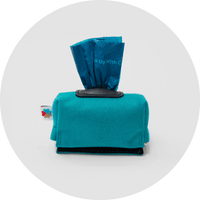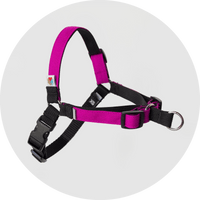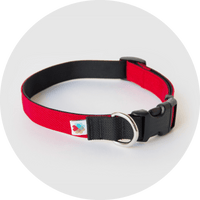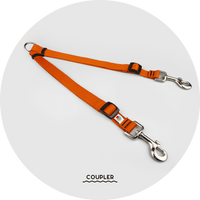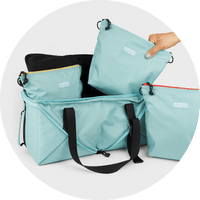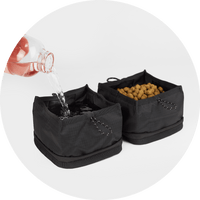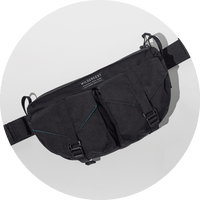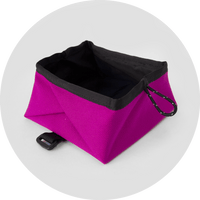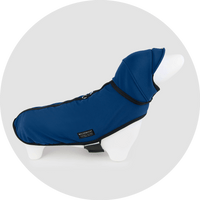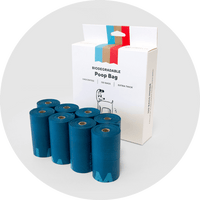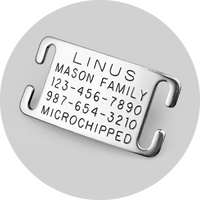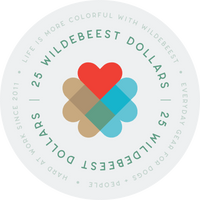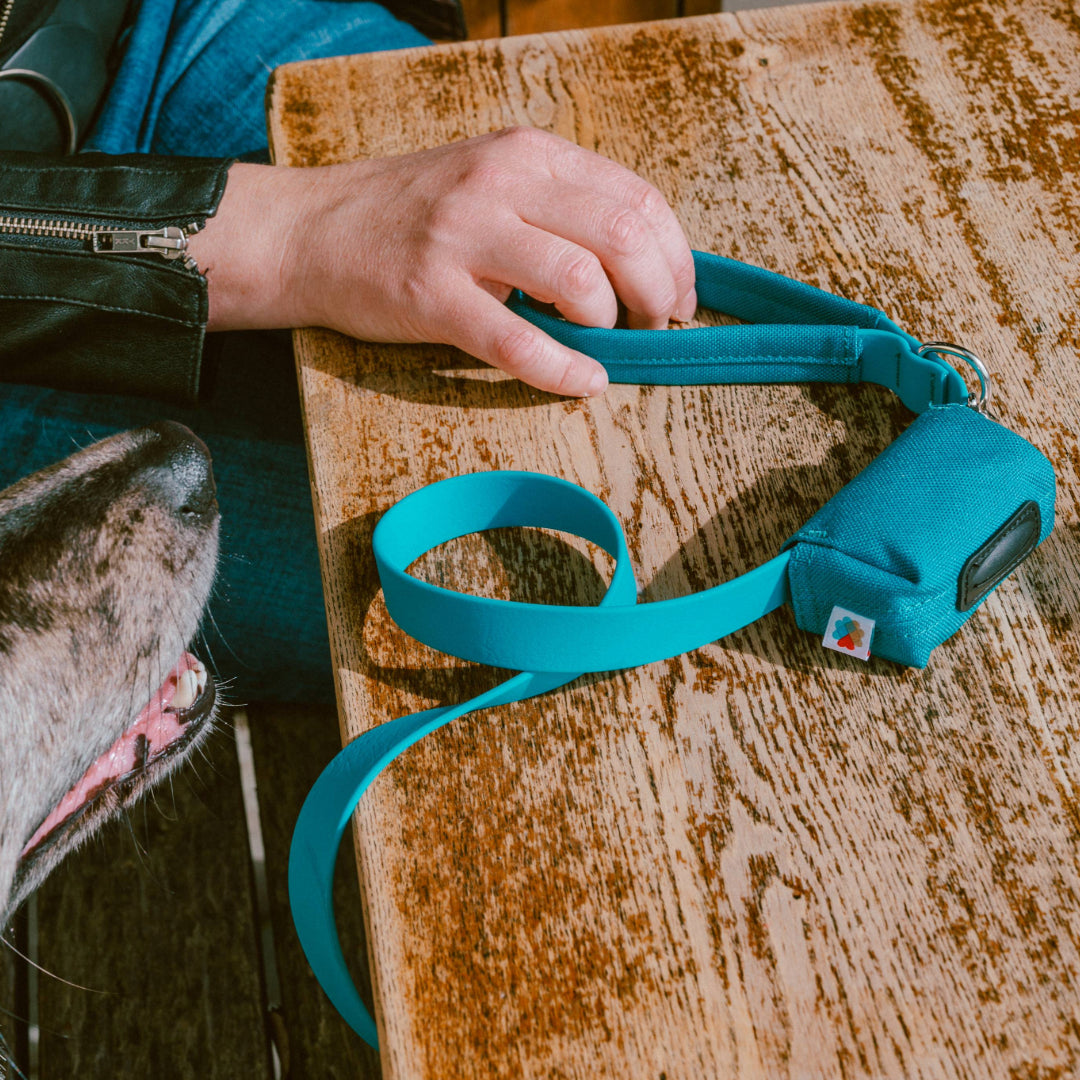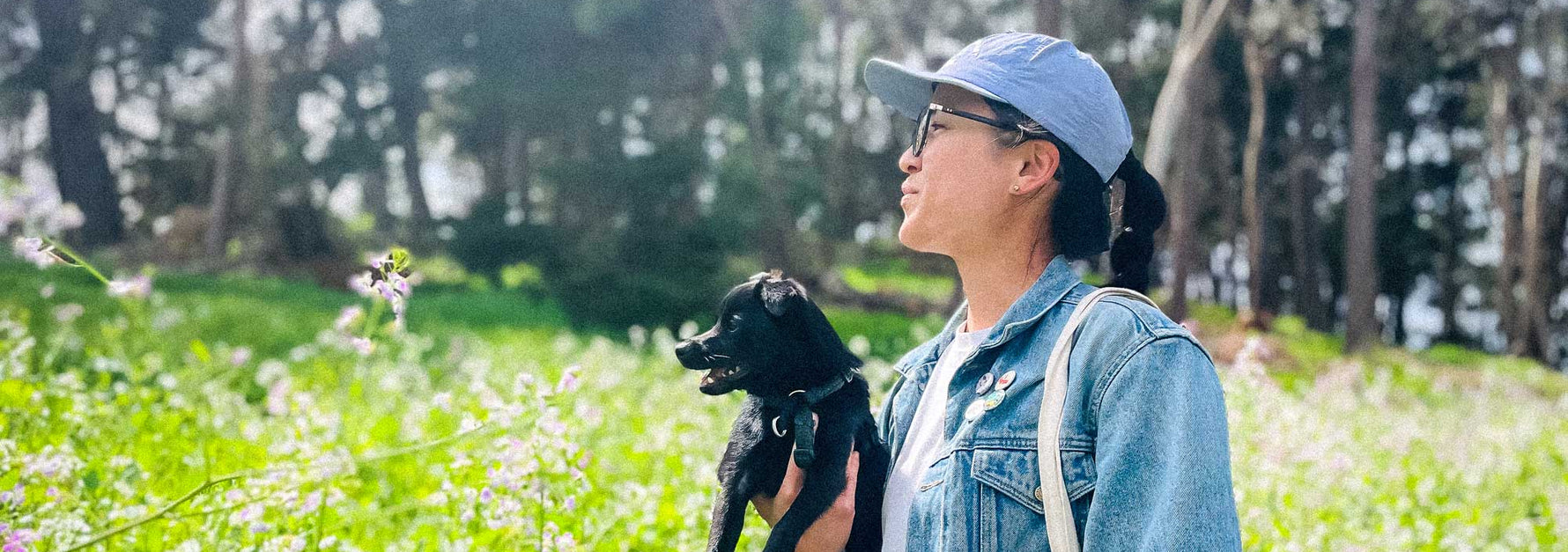Is anyone else guilty of sharing some table scraps with your dog not knowing if it's good for them or not? Did you know that certain foods that are a part of our everyday diet can actually be great for the pups if given in moderation?
Truth be told, there is a great variety of foods that can benefit your dog’s overall health or specific areas you want to target such as skin and coat, the digestive system, or hips and joints. Superfoods like berries, zucchini, and parsley are excellent sources of fiber, antioxidants, and fatty acids, which can support your dog’s immune system, joints, kidneys and more. Incorporating superfoods into a fun and easy snack for not only yourself but also your dog, will surely help make Beest feel extra special and healthy.
We put together 5 easy and nutritious recipes for you and Beest to try together this summer, with a lot of the ingredients already being in your kitchen pantry!
1. Parfaits
1/3 cup plain, unsweetened regular fat or greek yogurt
1 apple slice, finely diced
1 mango slice, finely diced
3 slices of bananas
2 strawberries, finely diced
3 blueberries
3 raspberries
Drizzle of Honey
Human Only -- add granola and almonds
Layer together fruit and yogurt in a small bowl and top-off with honey
This easy recipe is great for your dog's gut health as it contains greek yogurt, bananas, and honey which are all helpful probiotics to keep in good bacteria and clean out the bad bacteria.
2. Tomato-Carrot Soup
1 (15-ounce) can diced organic tomatoes
3 medium carrots, peeled and coarsely chopped
1 sweet potato, peeled and cut into 4 to 5 slices
1/2 cup red lentils, rinsed and drained
1 quart water
3 medium carrots cut into 1/4 x 2-inch sticks
12 grape-size tomatoes, halved
10 fresh basil leaves, chopped, plus 5 whole basil leaves, cut into chiffonade for garnish
Pinch of Celtic sea salt
1 tablespoon extra-virgin olive oil
Humans Only – add garlic + onions to a separate bowl for more flavor
Add tomatoes, carrots, potato, lentils, and water to a large pot, bring to a boil over medium-high heat. Reduce to simmer and cook for 25 minutes, or until lentils and sweet potatoes are soft.
Purée the soup until silky smooth (immersion blender or food processor).
Blanch carrot sticks in boiling water until barely soft. Shock in ice water and reserve for garnish.
Add grape tomatoes, chopped basil, and salt, stir, and cook for 3 minutes more. Stir in the olive oil.
Garnish the top of the soup with the blanched carrot sticks, sprinkle a few “ribbons” of basil over the carrot sticks, and serve.
This tasty tomato-carrot soup will not only please your pups' taste buds but also give them a boost of superfood benefits. Carrots are a great source of vitamin A that will support eye health, boost the immune system and give your dog a healthier skin and coat. Tomatoes (when given in small amounts) are great for your dog’s digestive system and have potassium and vitamin C. Lentils are another great source of minerals that can help aid in diabetes and naturally boost energy, and sweet potatoes are high in fiber which can help lower the risk of heart disease and aid with healthy poops.
3. Charcuterie Board
Sliced cucumbers
Sliced apples
Sliced strawberries
Sliced apples
Handful of berries (blueberries, raspberries)
Thinly sliced cheddar cheese
Dollop of peanut butter (sugar free) or greek yogurt, for dip
Add all your cut fruits and vegetables to a board or tray. Place your dips on the board to your liking and serve.
Dog Only – add your Beests favorite treats
Got leftover fruits and veggies in the fridge? Put them together and make a fun charcuterie board for you and your dog to share at home or at the park. Fruits and vegetables are packed with essential nutrients to keep you and your dog’s immune system happy and healthy.
4. Chia Banana Smoothie
12 oz cold filtered water
1-2 handfuls of washed organic baby spinach
1 sliced banana (frozen for thicker consistency)
1 chopped green apple (remove core, stem, seeds)
½ tsp chia seeds
Blend all ingredients together and serve
This smoothie recipe is a good way to deliver a boost of energy to your pup (especially senior dogs) as chia seeds have 3 times more Omega 3 fatty acids compared to salmon, and boasts 20% protein.
5. Popcorn Balls
½ cup of peanut butter (sugar free)
½ all-natural stovetop popcorn
1 tsp olive oil
⅓ tsp of all natural honey
Pop kernels in olive oil
Mix in peanut butter and honey until popcorn is coated
Shape into balls and then set for for a few minutes, then serve
Popcorn alone actually contains great minerals like magnesium, fiber, and zinc. Feeding popcorn with no extra additives like butter, salt, or oils, and given in moderation can provide important nutrients for your dog. Adding other healthy superfoods like peanut butter, to help maintain healthy muscles, eyes, and skin, and honey, that is full of anti-fungal properties to reduce allergies and inflammation, will transform your healthy snack into a superfuel filled with loads of nutrition.
We don’t always think about preparing food to share with our dogs. But just imagine the excitement from your pup when they realize you’ve just made something not just for yourself but them as well! And the joy you would feel when you can safely share the same food you’re eating with your best friend! Our advice is to start by researching and knowing what raw ingredients are safe and toxic for your pup. Then you can come up with some of your own creative recipes around those ingredients that would be enticing for both human AND pup.
To find more foods and their specific health benefits, The Farmer’s Dog Digest mentions a handful in their “Superfoods In Your Kitchen” article. And bookmark this guide from us and come back for easy, healthy recipes and inspiration anytime you want to bond with your Beest over shared food.
Happy Snacking!
Wildebeest creates everyday essentials that help you build that special bond, share adventures big & small and make amazing memories with your Beest. We'll be right there every step of the way, with our gear & Wild4Life Warranty in tow, supporting you & Beest all throughout the lifetime of your companionship!

